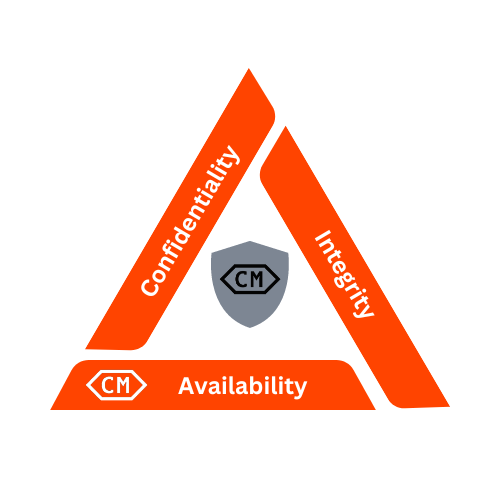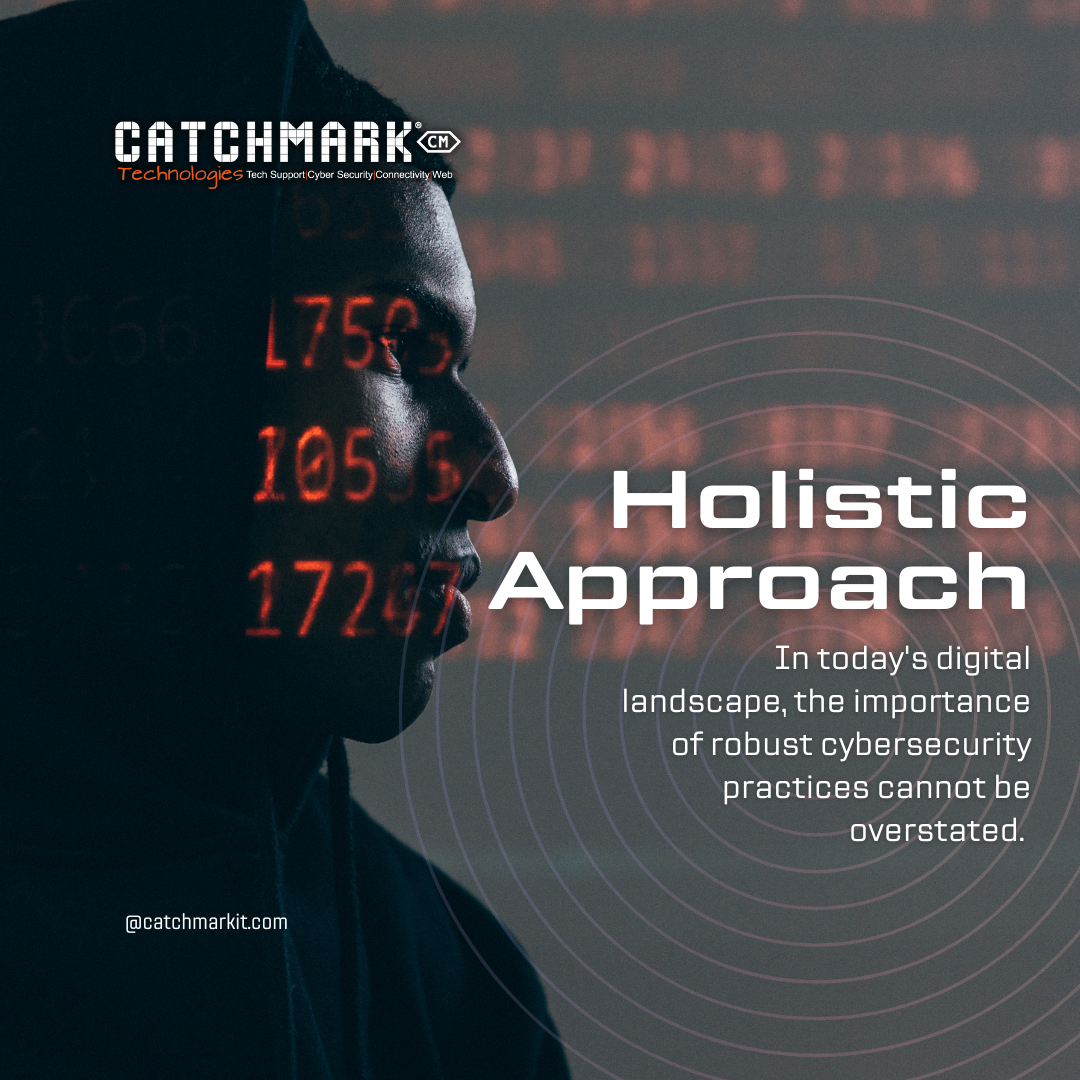In today’s digital landscape, the importance of robust cybersecurity practices cannot be overstated. With threats evolving rapidly, organizations must ensure they are prepared to defend against a wide range of cyber attacks. However, achieving true cybersecurity maturity involves more than just implementing the latest software solutions. It requires a comprehensive approach that encompasses people, processes, and technology.
The Limitations of Software Alone
Software solutions are a critical component of any cybersecurity strategy. Firewalls, antivirus programs, intrusion detection systems, and encryption tools form the backbone of modern cyber defenses. These tools can help detect and prevent many types of attacks, but they are not foolproof. Relying solely on software leaves gaps that can be exploited by savvy cybercriminals.
The Human Element
One of the most significant vulnerabilities in any organization is its people. Employees, contractors, and even executives can inadvertently expose the organization to risks through actions such as falling for phishing scams, using weak passwords, or mishandling sensitive information. To address this, organizations must invest in comprehensive training programs that educate their workforce about cybersecurity best practices.
Regular training sessions can help employees recognize potential threats and respond appropriately. Simulated phishing attacks can test their readiness and reinforce the importance of vigilance. Moreover, creating a culture of cybersecurity awareness ensures that everyone in the organization understands their role in protecting the company’s digital assets.

The Role of Processes
Effective cybersecurity requires well-defined processes that are consistently followed. This includes incident response plans, data protection policies, and regular security audits. Incident response plans should outline the steps to take in the event of a breach, ensuring a swift and coordinated response that minimizes damage.
Data protection policies should specify how sensitive information is handled, stored, and transmitted. Regular security audits help identify vulnerabilities and ensure compliance with industry standards and regulations. By having robust processes in place, organizations can respond more effectively to threats and reduce the likelihood of successful attacks.
Integrating Technology, People, and Processes
Achieving cybersecurity maturity requires a balanced integration of technology, people, and processes. Technology provides the tools needed to defend against attacks, but it is the people who use these tools and follow the processes that ultimately determine their effectiveness.
Organizations must adopt a holistic approach to cybersecurity, where software solutions are complemented by continuous training and well-established processes. This integrated approach not only enhances security but also builds resilience, enabling organizations to adapt to the ever-changing threat landscape.
Continuous Improvement
Cybersecurity is not a one-time effort but an ongoing process. Threats are constantly evolving, and so must an organization’s defenses. Regularly reviewing and updating security measures, staying informed about the latest threats, and investing in new technologies are all part of maintaining cybersecurity maturity.

Conclusion
In conclusion, while software solutions are essential for protecting against cyber threats, they are not sufficient on their own. True cybersecurity maturity comes from a holistic approach that integrates technology with the human element and robust processes. By fostering a culture of security awareness, implementing well-defined procedures, and continually improving their defenses, organizations can achieve a higher level of cybersecurity maturity and better protect themselves in the digital age.

